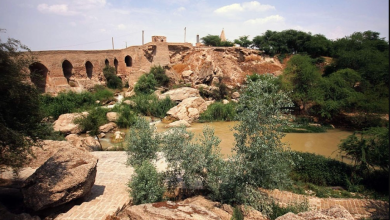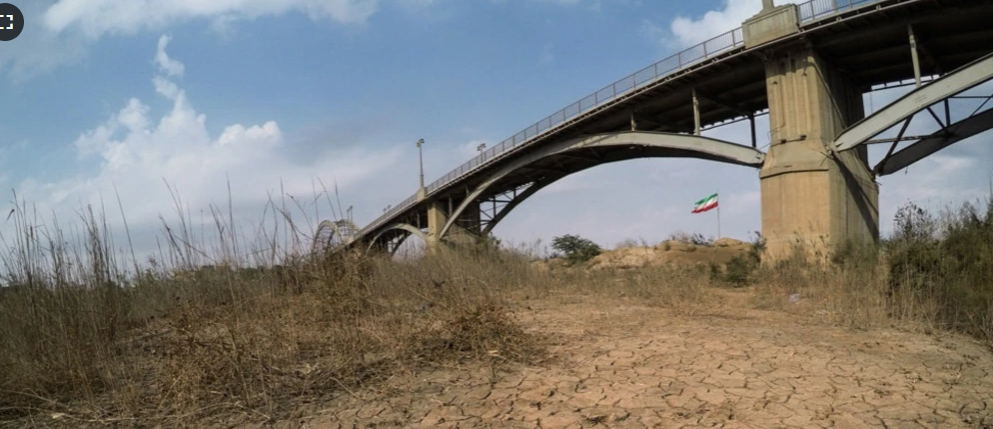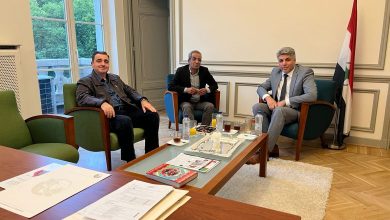
Children of Ahwaz: Hungry, Afflicted, and Forced to Work
The Ahwaz region has been severely impacted since coming under Iranian control, housing millions of Ahwazis who face systematic discrimination. The people live in poverty, lacking adequate healthcare and clean water. The late 1980s saw a mass displacement of Ahwazi people due to the Iran-Iraq war, confining them to dilapidated neighborhoods on the fringes of Iranian society.
Despite Ahwaz producing approximately 70% of Iran’s crude oil and hosting most of the country’s oil fields, which constitute the majority of Iran’s revenue, the region still struggles with widespread unemployment. This systematic marginalization by Tehran, combined with high unemployment rates, reinforces a vicious cycle of poverty, often leading to the tragic yet expected outcome of child labor.
It’s common for children to abandon their education in search of paid work to support their families or, in many cases, to secure their basic needs. Most children living in these deprived areas find it impossible to lead even a semblance of a normal life. They are often forced to quit school and work before reaching secondary education, and frequently before learning to read or write, generating a sense of learned helplessness and a self-fulfilling prophecy, making them fearful of confronting authorities.
Some Ahwaz children are forced to search industrial waste for plastics and glass to sell to recycling plants. Others sell water, transporting it over long distances in search of buyers, and some accompany street vendors selling flowers at busy traffic signals or local cemeteries, or they offer to wash car windshields.
The actual number of children forced into labor is difficult to determine, as authorities or governmental charities do not publish statistics, and these organizations only monitor children registered with them.
This article’s authors recently met with human rights activists from Ahwaz specializing in child labor issues. The activists, using the pseudonyms “Ahmad” and “Adel,” documented their encounters with child workers over the past few months. The names of these activists are withheld since civil rights groups in Ahwaz are banned, and individuals who express opposition to the egregious mistreatment of this minority group are targeted by authorities.
Their meeting with Ahmad and Adel paints a harrowing picture of the abuse and human suffering children face, representing just a small fraction of the hundreds of working children in Ahwaz. Ahmad interviewed working children in one of the poorest and most densely populated neighborhoods on the outskirts of Ahwaz city, sharing stories of desperation and extreme poverty. Children, some as young as thirteen, work under hazardous conditions all day to help support their families, representing generations living in dire poverty. This situation normalizes the sight of children in such circumstances for most Ahwaz residents.
Ahmad’s visit to Behesht-Abad cemetery on the outskirts of Ahwaz city, where hundreds of mourners visit on Thursdays, revealed young twins, Maryam and Leila, offering to clean graves for a mere 1000 Iranian rials (about one US cent). Their hands were dirty and wounded from cleaning graves all day. Despite their hard work, boys working in the cemetery earn more than girls. The girls’ narrative, along with their acceptance of their harsh reality, deeply moved Ahmad. Their family’s story, like many others in their community, involves tragic accidents and struggles to survive without adequate support or resources.
Adel’s encounters with other children, including those selling balloons, flowers, and scavenging for recyclables, highlight the widespread issue of child labor in Ahwaz. These children face dangers and live without the joy of childhood or education, forced into labor to support their families amid a backdrop of poverty, disease, and despair.
This grim reality for many Ahwazi children, who work in hazardous conditions, often in cemeteries late at night, leaves them facing countless nightmares. Other children risk their lives working as street vendors in busy roads or in other dangerous jobs, hoping to earn enough to pay rent, buy food, or medicine. Denied education and a chance to enjoy their childhood, these children embody the stark life of a child laborer in Ahwaz.
The lack of education and socialization for these young individuals threatens to create a lost generation, perpetuating a cycle of poverty that could last for many generations. This already burdened region does not need additional pressures such as poverty, disease, and despair to become an integral part of yet another minority group’s reality.




